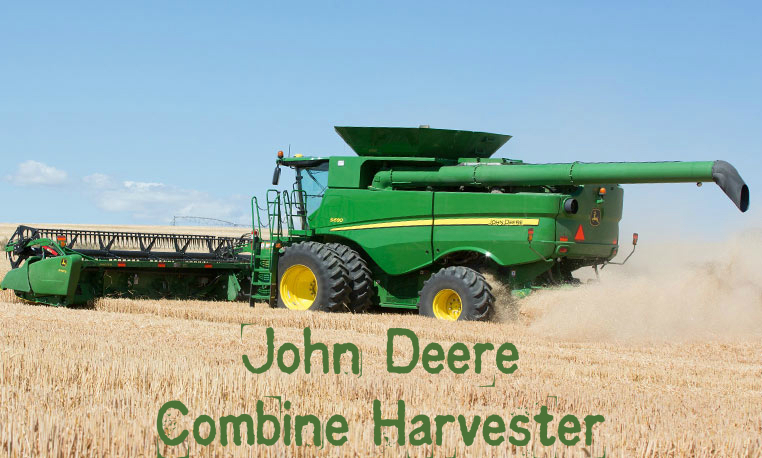When choosing a good combine harvester for your farm, several things to consider. One of the most important considerations is the amount of grain you’ll need to harvest in a given season and how much grain area will be spread across. Suppose you’re looking to purchase your first combine harvester. In that case, you’ll need to think about these factors alongside other decisions like whether or not you want an industrial combine or if you’re better off leasing one instead of purchasing it outright.
Choose a Combine Harvester for Higher Yields
To get higher crop yields, you need a machine that can do more in less time—and that’s where a good Combine Harvester comes in. The best machinery will give you better work times and lower power requirements—both of which are key if you want a successful harvest. And with so many brands and models out there, it can be hard to decide on one . . . but we’re here to help!
Choose a Combine Harvester That’s Easy to Use
If you’re going to be using a combine regularly, it’s well worth taking the time to learn how to drive one properly. There are many different brands of combines and models within those brands, so it can be easy to get confused when shopping around. Talk with experienced farmers in your area and try driving some combines in person before making a final decision.
Choose Between New and Used
Before we even get into what makes a good combine and how it can help you, it’s essential to determine whether you should buy new or used. Like any large purchase, a piece of equipment as expensive as a combine takes some research—and our experience says that buying used is usually better if you know what to look for. After all, nearly every farmer has gone through at least one harvest season using old equipment that wasn’t in prime shape.
Choose A Combine Harvester With A Suitable Capacity
It’s always a good idea to consider how much you plan to harvest per season when deciding which harvest is best for you. Some smaller-scale farmers will only need 10 tonnes, but many larger-scale farmers will want something that can take upwards of 60 tonnes. It’s always best to make sure it has enough capacity for your needs, as well as any long-term plans you have for expanding or diversifying. This ensures that you don’t have to purchase additional machinery to handle the increased harvest. For example, if you wanted to begin cultivating wheat rather than just barley one day, it would be better to purchase a machine with an 80-tonne capacity from the start, so there are no surprises later down the line!

